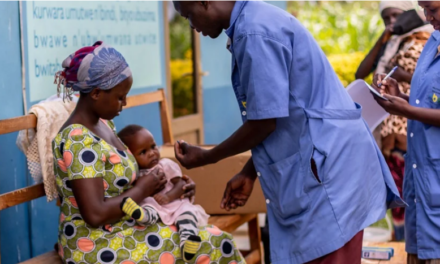New research suggests refining how blood samples are handled could identify many more cases of diabetes during pregnancy.
A recent study published in the journal Diabetic Medicine indicates that enhancing the way blood glucose samples are processed after collection can significantly improve the detection rate of gestational diabetes (GDM). The research highlights potential weaknesses in the standard oral glucose tolerance test (OGTT) procedures and suggests a path towards more accurate diagnosis, potentially improving pregnancy outcomes and health equity.
Gestational diabetes is a condition that develops during pregnancy and can pose risks to both mother and baby if not managed effectively. Diagnosis typically relies on the OGTT, but the study points out existing concerns regarding the test’s accuracy, reproducibility, and practical application in clinical settings.
To investigate the impact of sample handling, researchers recruited 1,308 pregnant women, all presenting with at least one risk factor for developing GDM. They compared the results obtained using standard glucose processing methods with those from an enhanced protocol. This enhanced method involved immediately placing samples on ice, followed by rapid centrifugation, aliquoting (dividing into smaller portions), and freezing within 2.5 hours of collection.
The findings were striking. The enhanced processing technique resulted in measured glucose levels that were, on average, 0.6 mmol/L higher than those obtained using standard methods. This difference had a substantial impact on diagnosis rates: while standard processing identified GDM in 9% of the participants, the enhanced method diagnosed 22% of the same group.
The study also observed differences between the women diagnosed via the two methods. Those identified using enhanced processing tended to be younger and have a higher Body Mass Index (BMI) compared to those diagnosed under standard protocols. Furthermore, this group diagnosed via the enhanced method delivered a higher number of large-for-gestational-age (LGA) infants, a known potential complication associated with GDM.
Interestingly, the research also evaluated the utility of HbA1c (a measure of average blood sugar over several months) as an alternative diagnostic tool in this context but concluded that it was not a suitable substitute for diagnosing GDM.
These findings suggest that meticulous, rapid post-collection processing of glucose samples could be crucial for accurately identifying GDM. The significant increase in diagnosis rates implies that current standard practices might be missing a considerable number of cases, potentially delaying necessary interventions aimed at managing blood sugar levels during pregnancy and reducing associated risks like delivering LGA babies.
Disclaimer: This news article is based on information from a study published in Diabetic Medicine. It is intended for informational purposes only and does not constitute medical advice. Always consult with a qualified healthcare professional for any health concerns or before making any decisions related to your health or treatment.












